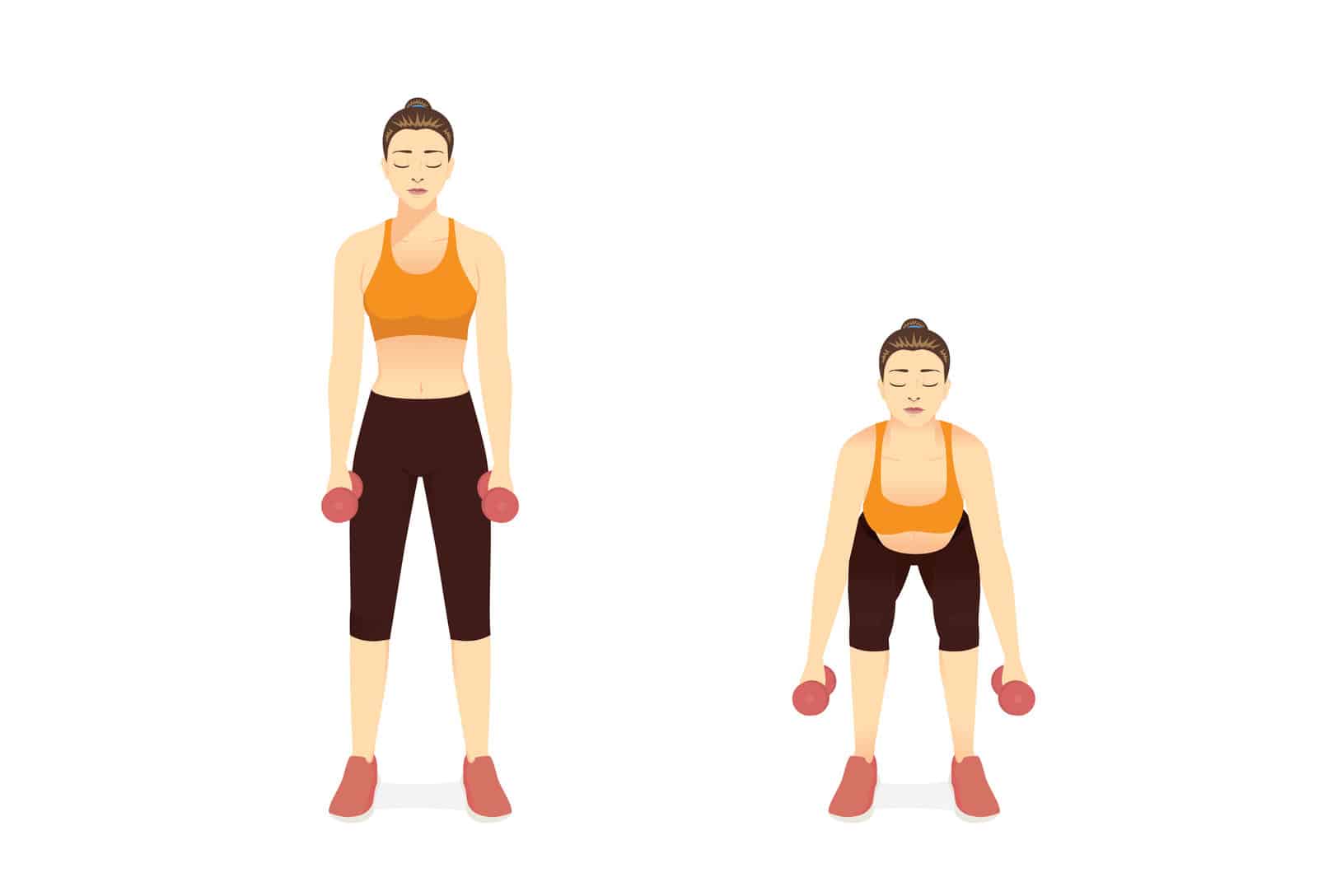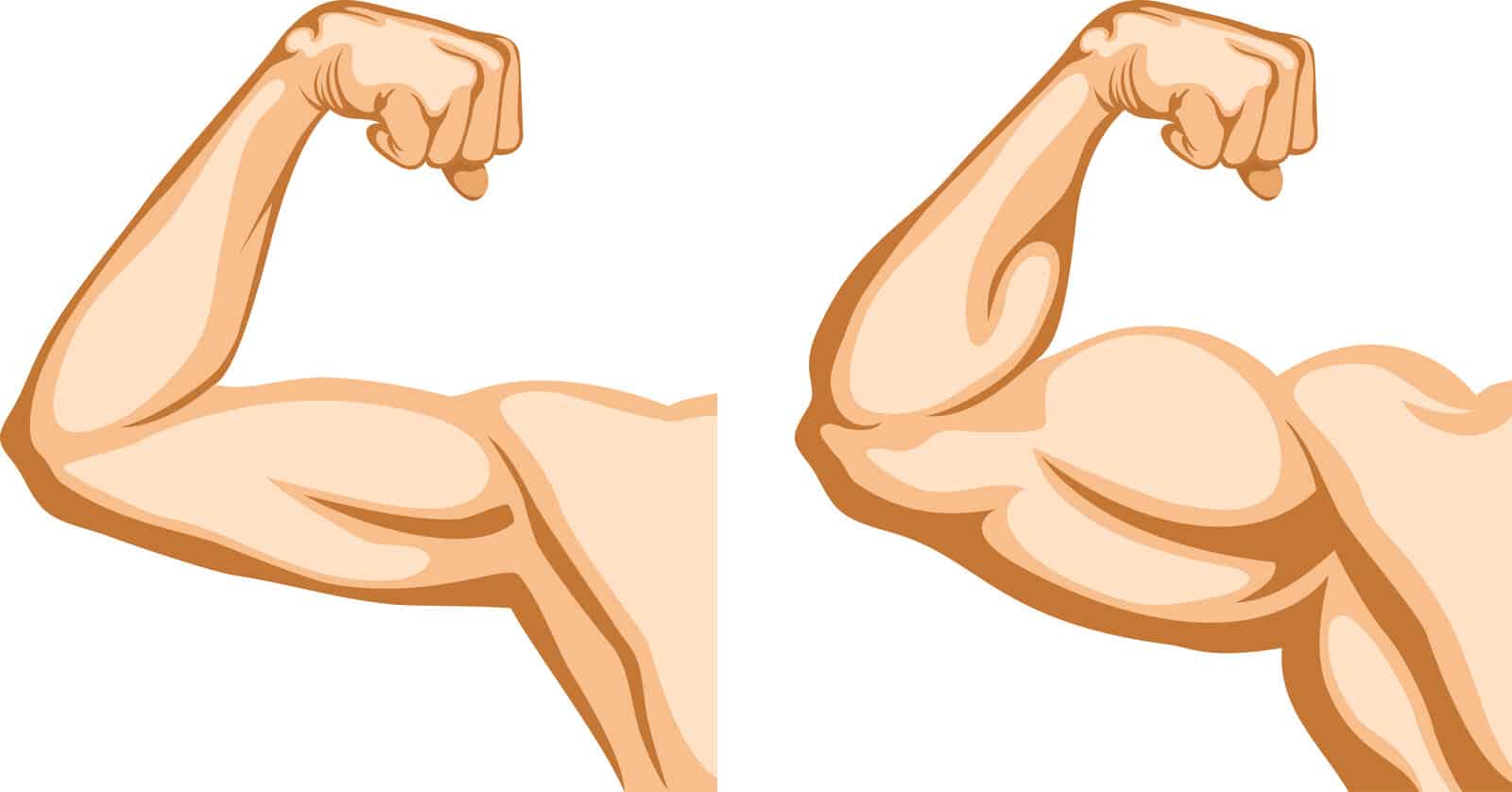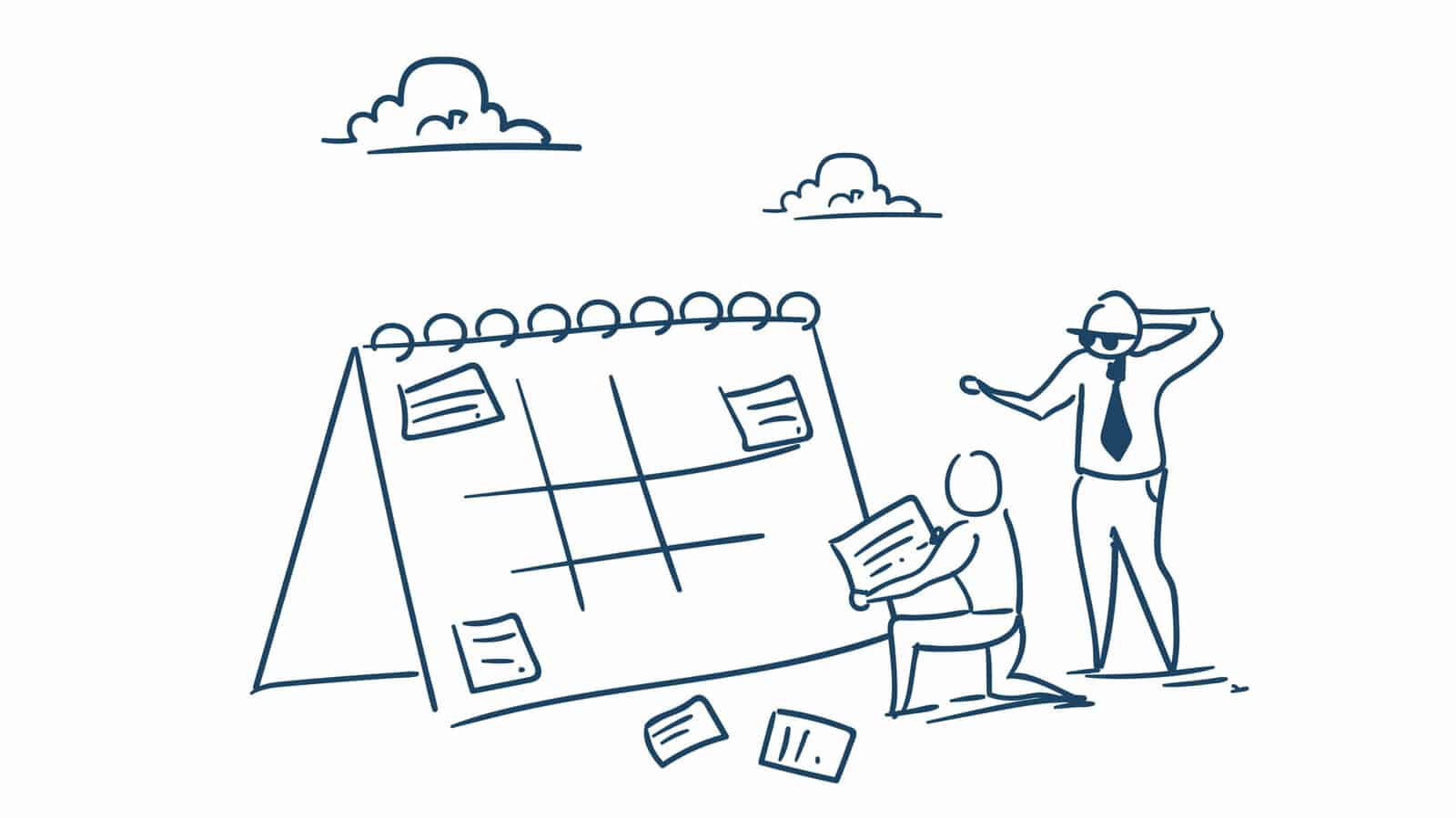
Resistance Training, 5 Essential Things to Know
If you are a person who keeps doing exercise and cares so much about your health, you may have already stumbled across the term “resistance training” before. But what is resistance training, why is it important for your health and what counts as a resistance training exercise?
We are going to clearly answer all these questions and more in the following sections of this article.
So get yourself a cup of coffee and enjoy reading.
1. What is Resistance Training
Resistance training (also known as strength/ weight training) is a slightly broad term used to describe any exercise involving working against resistance.
This resistance applied could be in the form of:
- Free weights (dumbbells)
- Resistance bands
- Or even working out against gravity using only your own weight (as in push-ups)

2. Benefits of Resistance Training
Resistance training is not only good for your muscles, as you may think. It is beneficial for all your body systems.
The following are ten benefits you could get from doing resistance training:
- It increases your muscle strength, size, endurance, and tone.
- It also protects your bones and joints from injury. It does so by increasing your bone mass and density. Increasing your bone mass and density will delay the degenerative changes naturally occurring to our bones as we age, like osteoporosis, seen mainly in older women.
- It helps you fight muscle wasting as you age.
- It improves your body posture.
- A good way to reduce your weight. And along with losing weight, you get a myriad of benefits like lowering your cholesterol level, your blood pressure and heart problems that arise from a disturbance in these factors.
- It tremendously Improves your heart function, especially if accompanied by aerobic exercises.
- Boosts your mental health. Resistance training and exercising, in general, positively affect your mood and mental state. Researchers proved that exercise could help you get rid of mental problems like anxiety, depression, stress and a simple, sad mood. Add to all these benefits boosting your self-esteem and body image.
- It makes your daily activities easier. As your muscle strength improves, your ability to handle things like opening a can or lifting a heavy object becomes effortless.
- Increases your resting metabolic rate. Doing so makes it easy for you to lose weight or maintain your healthy body weight.
- Improves your sleep.
3. How Does Resistance Training Work
Resistance training works by inducing minimal injuries at the microscopic level of your muscle fibres (microtears). These injuries stimulate your muscle fibres to regenerate and grow bigger and stronger. This process of increasing your muscle size is called hypertrophy.
The process of injury and regeneration happens in the following steps:
- You lift weights or apply any kind of resistance to your muscle.
- Your muscle gets injured on a microscopic level (not visible to the naked eye).
- Your body sents aids to the injured muscle fibre. These aids include nutrients, growth hormone, insulin-like growth factor and other things.
- These nutrients and hormones stimulate your injured muscle fibres to regenerate and grow bigger.
- As these muscle fibres enlarge, their blood supply increases too. Improving their blood supply makes it easier for them to get more nutrients from the blood supply.
- Doing exercises and repeated muscle contraction can also stimulate the growth of immature cells in your muscle into mature ones. These cells are called “satellite cells.” The growth of these unique cells adds up to your muscle’s overall size and strength.
Keep in mind that in order for this healing process to occur, you have to take a rest in between your resistance training sessions.

4. Types of Resistance Training
These training exercises range from simple at-home exercises to complex exercises you can do at the gym. So we will list them down, starting with the simple ones and progressing all the way to the complex and difficult ones. Personal trainers always recommend starting low. In the following table, you will find all you want to know about each one of these types.

Now you know the difference between all types of resistance training, their advantages along with their disadvantages. The choice is yours now to decide which one to start with.
5. How to Get Started
Given the fact that resistance training has different types and requires different equipment, it is so easy to get started with.
You can immediately start off with simple gadgets without the need to be at the gym or pay so much for some equipment. In fact, you can start without anything; all you need to have is your body.
With your body, you can do things like:
- Push-ups
- Squats
- Planks
- Lunges
Suppose you have more money and want to invest in your fitness. Here are things you can purchase online to get started.
- Resistance bands
- Dumbbells
- Kettlebells
- Pull-up bars
- Suspension trainers
Going to the gym has its own benefits too. Going to the gym gives you access to multiple pieces of equipment you could not purchase online. You also have other people around you who share the same interest with you and will encourage you to continue your training.
Some of the resistance training pieces of equipment you can use at the gym include:
- Barbells
- Horizontal leg press
- Hanging leg raise
- Lat pulldown
- Cable biceps bar
- Cable triceps bar
- Chest press
- Rowing machine
Check out this web page to see how to use all these machines.
Before you go and google a tailored plan for you to start your resistance training journey, here are a few critical things to keep in mind:
- Repetition is the key here. You can only see progress and improvement if you stick to these exercises and repeat them at least 2 times a week. Practice makes perfect, as they say.
- Like any other kind of exercise, it is better to start with small and easy exercises and then move on to more difficult and challenging ones.
- You can start off with exercises that do not require many pieces of equipment, like push-ups, squats, and planks. Then as you get more comfortable with these exercises, you can increase the difficulty level by adding some equipment. You can do so by using things like dumbbells (you can also start with light weights and increase the weight of your dumbbells gradually),
- Before you get started, make sure you are not putting too much pressure on your body. It is always recommended that you start gradually. This will make it safer for you and minimize the risk of injuries as you exercise.
How to Design Your Own Training Plan?
If you are getting started for the first time, you may feel lost or don’t know where to start. If this is your case, keep reading on, as in the following section, we are going to give you a list of different factors upon which you can decide what to do and even tailor your own training plan.
But before we move on, remember that it is always better to consult your personal trainer or someone who knows more about you and your medical history.
- First, choose which type of resistance training works best for you; the home-based ones or going to the gym.
- Next, prepare your equipment. If you prefer to stay at home, you could purchase resistance bands or free weights. And if you choose to go to the gym, then go and get a buddy to exercise with.
- Define your goals. Defining your goals from the start will tell you how much training you should do. If you do resistance training to lose weight, you will need less amount of training. On the other hand, if you are doing it to build muscle mass and strength, you will need much more training.

Here’s a Quick Beginner’s Plan if you Want to Start Right Away
Before you follow any plan, you need to know two terms first: reps and sets.
A repetition (rep): is only one complete exercise. It indicates the number of times you do a certain exercise. For example, if you do 5 reps of biceps curls, this means you performed this exercise five times.
A set: is a number of repeated exercises done together without rest in between. You have to give yourself a rest in between sets. So, we can simply say that a set is a collection of reps you do in a row. For example, if you want to do 12 planks, you can divide them into 2 sets of 6 reps. And in between these two sets, you can take a break, but you can’t take a break inside a set.
Here’s a beginner’s plan:
- Do only one set of 8 to 12 repetitions.
- Do 8 to 10 exercises that target your major muscle groups (chest, shoulders, arms, back muscles, abdominal muscles, and legs).
- Do these sets only on 2 to 3 non-consecutive days per week. Remember, your muscle needs time to rest and repair.
- Don’t forget that you can always increase the level of difficulty of your training as you progress. You can do so by increasing the number of sets and reps or decreasing the rest period in between sets. You can also choose another type of resistance training that is more difficult than the one you get used to. For example, if you are used to lifting a certain weight and feel like it’s becoming really easy to lift it, you can choose a heavier weight to lift.
- Also, don’t forget to do a warm-up before you start your session.
Here are some exercises that target specific major muscle groups:
- For your chest wall muscles, you can do a chest press or dumbbell press.
- For your back muscles, you can try pull-downs or cable rows.
- You can choose crunches and planks for abdominal muscles (which give you six packs when toned).
- For your shoulders, you can start with chin-ups, upright rows, or front raises.
- Try doing biceps curls, triceps presses, and push-ups for your arms.
- You have multiple exercises to choose from for your legs, like squats, leg curls, lunges, leg presses, and leg extensions.
Conclusion
By the end of this article, we hope you got a better understanding of resistance training and its benefits for your health. We also encourage you to incorporate it into your daily routine as soon as possible.
At the end of this article, we want to make sure that you do not start off any of the above-mentioned exercises without consulting your doctor if you have any kind of disability or chronic medical condition.
Finally, check out this article if you want a beginner’s guide on how to start resistance training. You can also watch the video below to get a better understanding of how to tailor your own plan.
Some relevant articles that might interest you:
- To know more about your skeletal system, check out this article.
- Want to know more about your heart and cardiovascular system in detail? Check out this one.
- Want to know more about your urinary system, check out this article.
- In this article, you will find 10 facts about the human heart.
Why not subscribe to our LearningMole Library for as little as £1.99 per month to access over 1000 fun educational videos.


Leave a Reply